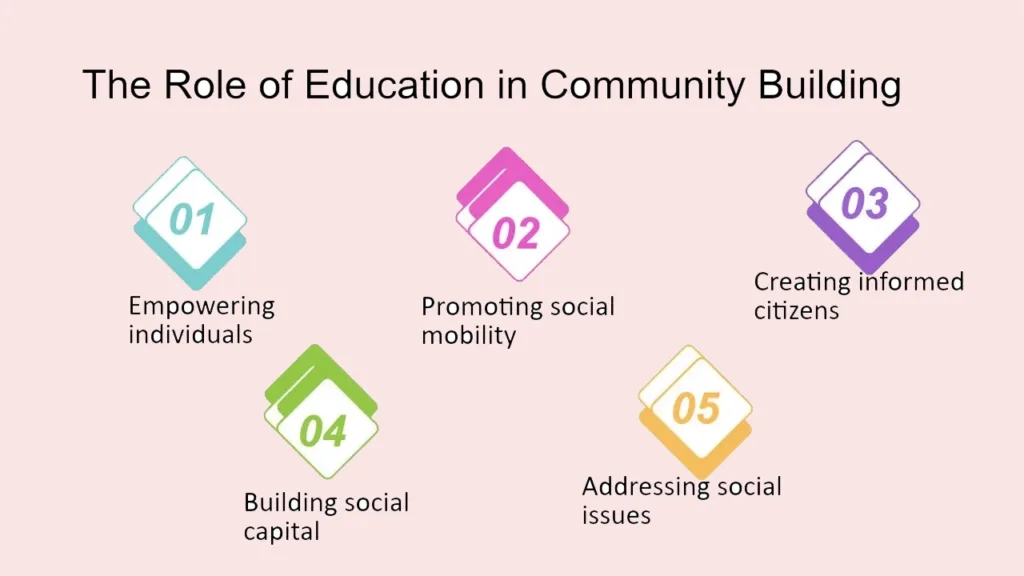Introduction
In an age where technology has woven itself seamlessly into the fabric of our lives, a paradoxical truth emerges: we are more connected than ever before, yet increasingly isolated. The rise of social media and the internet has undeniably revolutionized communication, allowing us to forge connections across continents and cultures. However, as our digital footprints expand, our sense of belonging within tangible communities appears to be shrinking. This article delves into the complex interplay between technology and community, exploring the factors contributing to the decline of traditional community structures and the urgent need to rebuild stronger social connections in the digital age.
The Elusive Nature of Community
Community, at its core, is a sense of belonging, shared identity, and mutual support. It is a place where individuals come together, forging bonds based on shared experiences, values, and goals. Historically, communities have been rooted in geographical proximity, with neighborhoods, towns, and cities serving as the bedrock of social interaction. However, the advent of the digital age has challenged this traditional model, fragmenting social connections and blurring the lines between the virtual and the physical.
The Digital Divide and Social Isolation
The rapid adoption of technology has not been evenly distributed across society. Socioeconomic disparities, digital literacy gaps, and unequal access to technology have exacerbated existing social divides. As a result, many individuals, particularly those from marginalized communities, find themselves further isolated from mainstream society. This digital divide not only hinders economic opportunities but also reinforces feelings of exclusion and disconnection.
The Illusion of Connection
Social media platforms, while offering a virtual space for interaction, often create a distorted perception of community. The carefully curated profiles and filtered images that populate our feeds can foster feelings of inadequacy and social comparison. Moreover, the superficial nature of online interactions, characterized by likes, comments, and shares, can mask deeper feelings of loneliness and isolation.
The Erosion of Trust and Empathy
The rise of echo chambers and filter bubbles, where individuals are exposed only to information that reinforces their existing beliefs, has eroded social cohesion. The absence of diverse perspectives and constructive dialogue has fostered polarization and mistrust. In this climate, empathy and understanding, the cornerstones of strong communities, become increasingly difficult to cultivate.
The Importance of Real-World Connections
While technology cannot replace the richness and complexity of human interaction, it can be harnessed to strengthen existing communities and foster new ones. By leveraging digital tools for communication and collaboration, we can bridge geographical distances and connect with like-minded individuals. However, it is crucial to remember that meaningful connections are ultimately forged through face-to-face interaction and shared experiences.
Building Stronger Communities in the Digital Age
To address the challenges posed by the digital age, we must actively work to rebuild our communities. Here are some strategies to foster stronger social connections:
- Prioritize Face-to-Face Interaction: Make time for in-person gatherings, whether it’s a neighborhood potluck, a community event, or simply a coffee with a friend.
- Engage in Meaningful Conversations: Seek out opportunities for deep, authentic conversations that go beyond superficial pleasantries.
- Support Local Businesses: Patronizing local businesses not only strengthens the economy but also fosters a sense of community.
- Volunteer Your Time: Giving back to the community is a powerful way to connect with others and make a positive impact.
- Cultivate Empathy and Understanding: Actively seek out diverse perspectives and engage in respectful dialogue.
- Leverage Technology Wisely: Use technology to facilitate connections, not replace them.
- Create Safe Spaces for Dialogue: Encourage open and honest communication within your community.
- Celebrate Diversity: Embrace the richness that diversity brings to our communities.

Conclusion
The decline of community is a complex issue with far-reaching consequences. By recognizing the challenges posed by the digital age and actively working to rebuild our social connections, we can create a future where technology enhances our lives rather than isolates us. The power to shape our communities lies within us, and by taking collective action, we can foster a sense of belonging and purpose for generations to come.



